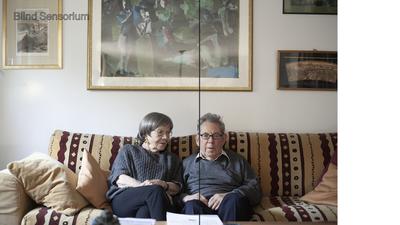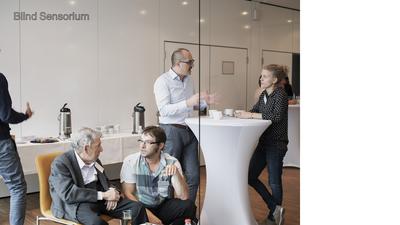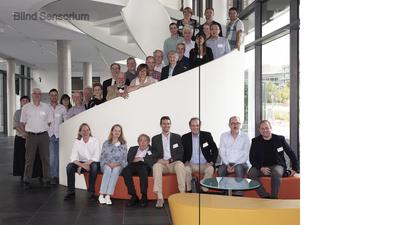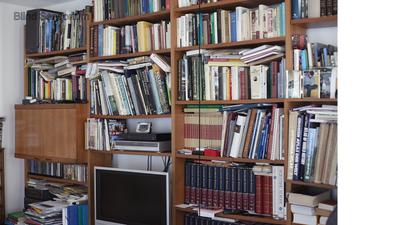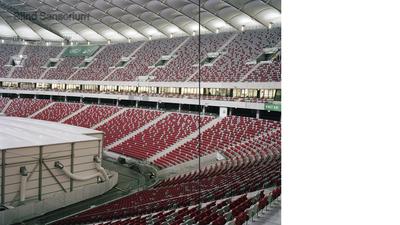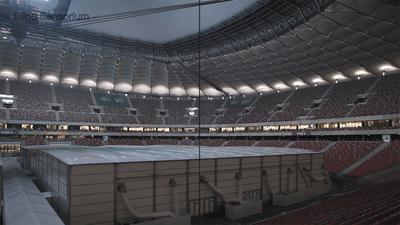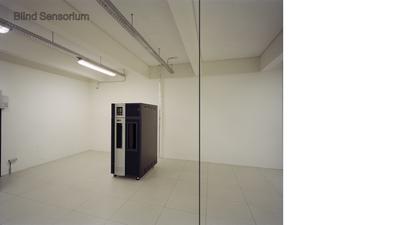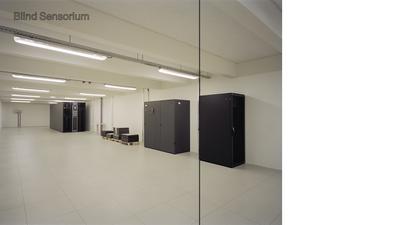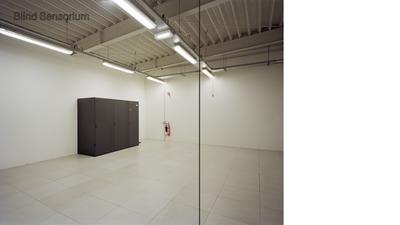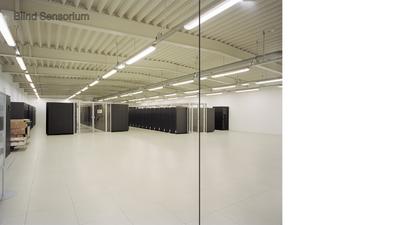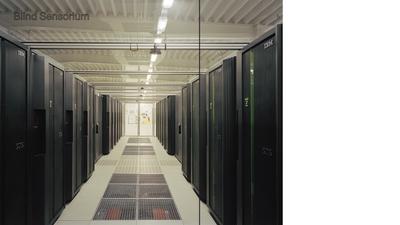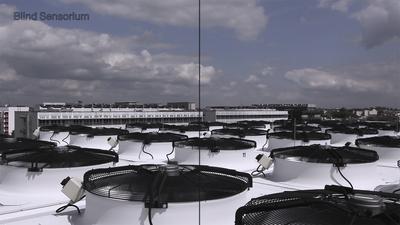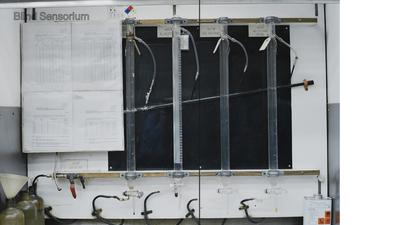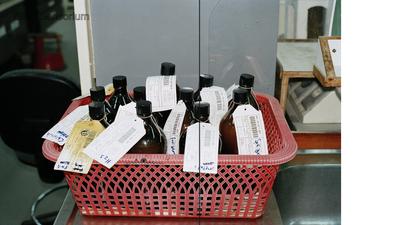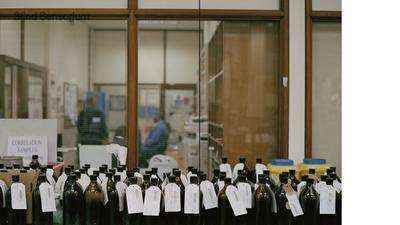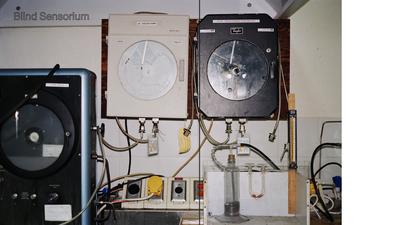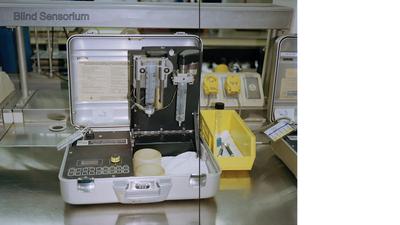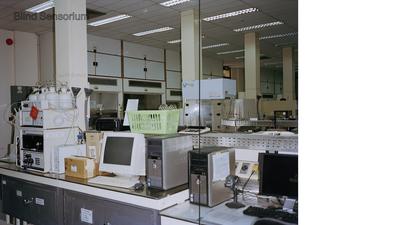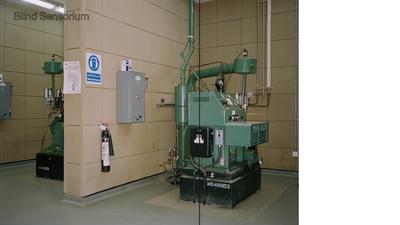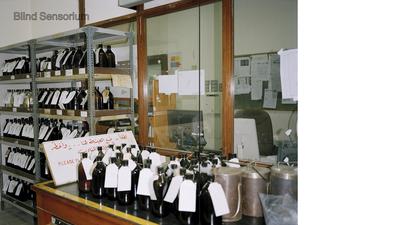Armin Linke in collaboration with Giulia Bruno and Giuseppe Ielasi
Blind Sensorium. Il paradosso dell’Antropocene
Video installation, 103 min, loop, 2019
Camera, editing: Armin Linke
Camera, editing: Giulia Bruno
Sound design, editing: Giuseppe Ielasi
Location sound: Renato Rinaldi, Armin Linke
Color grading: Giulia Bruno
Video-archive programming: Nicholas Boncardo de Leo
Video-archive assistance: Martina Pozzan
ROV video archive material courtesy of GEOMAR – Helmholtz Centre for Ocean Research, Kiel and Ghent University Marine Biology Research Group
Drone footage material courtesy of Irendra Radjawali
Blind Sensorium. Il paradosso dell’Antropocene – Timeline
Videos, audio files, C-prints, texts displayed on a 17-meter-long table, metal, wood, vinyl, tablets, headphones, magnets, 2019
Concept: Armin Linke, Giulia Bruno
Architecture: Aristide Antonas, Elina Axioti, Yannikos Vasiloulis
Graphic design: Mevis & van Deursen with Line Arngaard
Project management, editing: Kati Simon
Text: Armin Linke, Anselm Franke
Translation: Maria Nadotti (EN-IT), Stephen Piccolo (IT-EN)
Copy-editing, proofreading: Amanda Gomez, Hannah Sarid de Mowbray (EN)
The video installation and associated timeline Blind Sensorium. Il paradosso dell’Antropocene were commissioned and produced by Fondazione Matera-Basilicata 2019 as part of the Matera European Capital of Culture 2019 program and realized with the support of Fundació Sorigué (Lleida, Spain), TBA21–Academy, Montura/Tasci Srl, and Haus der Kulturen der Welt (HKW), Berlin.
Armin Linke’s fieldwork began with the Anthropocene Observatory project at Haus der Kulturen der Welt (HKW), Berlin, a cooperation with Territorial Agency (John Palmesino and Ann-Sofi Rönnskog) and HKW curator Anselm Franke. The next chapter of this research, Prospecting Ocean, was a comprehensive exhibition project commissioned and produced by the TBA21–Academy in partnership with the Institute of Marine Sciences of the National Research Council of Italy (CNR-ISMAR) and curated by Stefanie Hessler. Prospecting Ocean emerged from Linke’s long-term Anthropocene research and his participation in three expeditions to the Pacific Ocean with TBA21–Academy’s exploratory program The Current, curated by Ute Meta Bauer.
Blind Sensorium. Il paradosso dell’Antropocene
– Timeline preview
Digital adaptation of the video installation consisting of the main film and the associated timeline, videos, audio files, photographs, and texts, 2020
Concept: Armin Linke, Giulia Bruno
Design: Mevis & van Deursen with Line Arngaard
Programming: Line Arngaard with the kind help of Tomas Celizna
Production coordination and textual work: Kati Simon
Produced in collaboration with the ZKM | Center for Art and Media Karlsruhe as part of the virtual exhibition platform Critical Zones.
